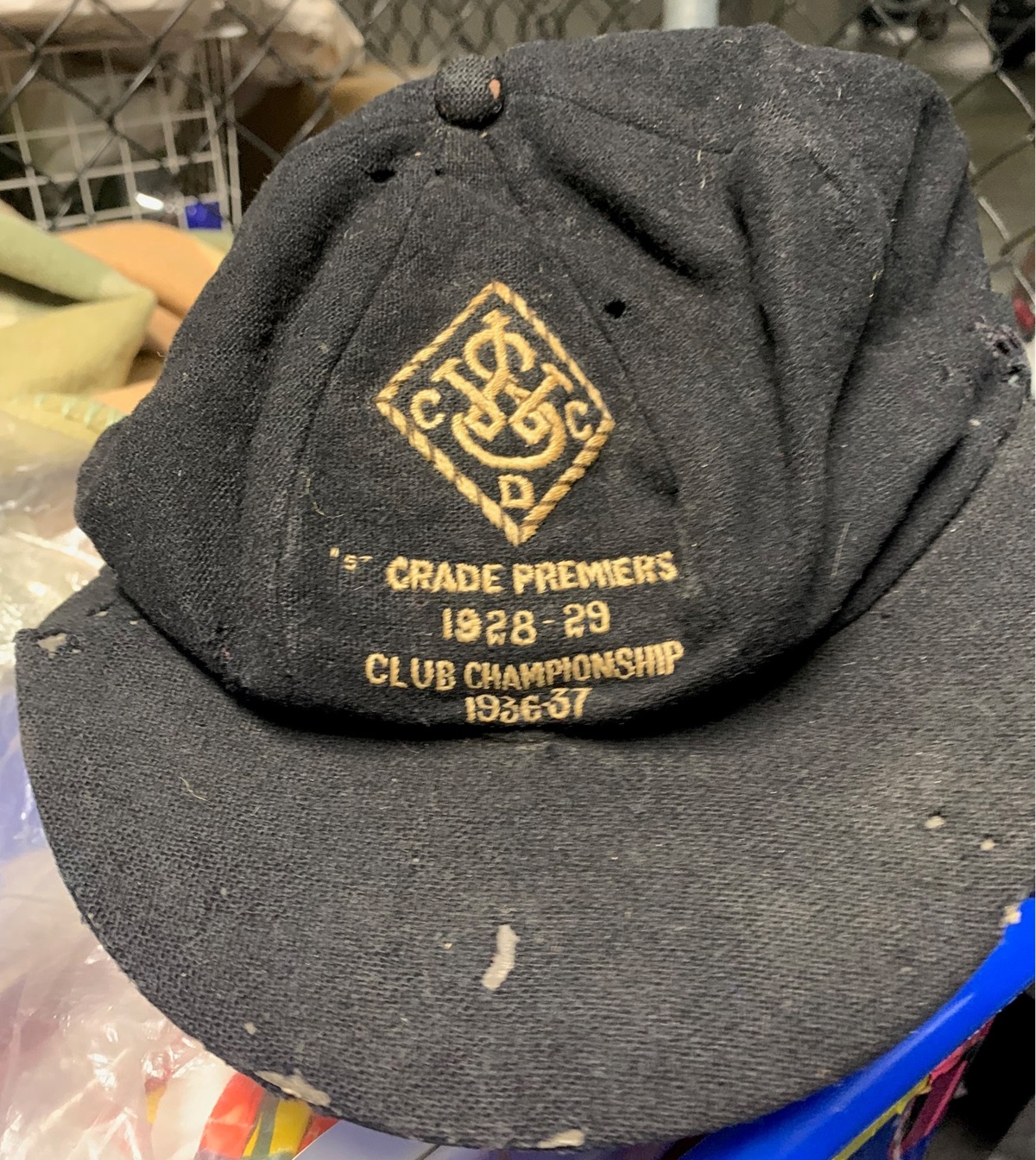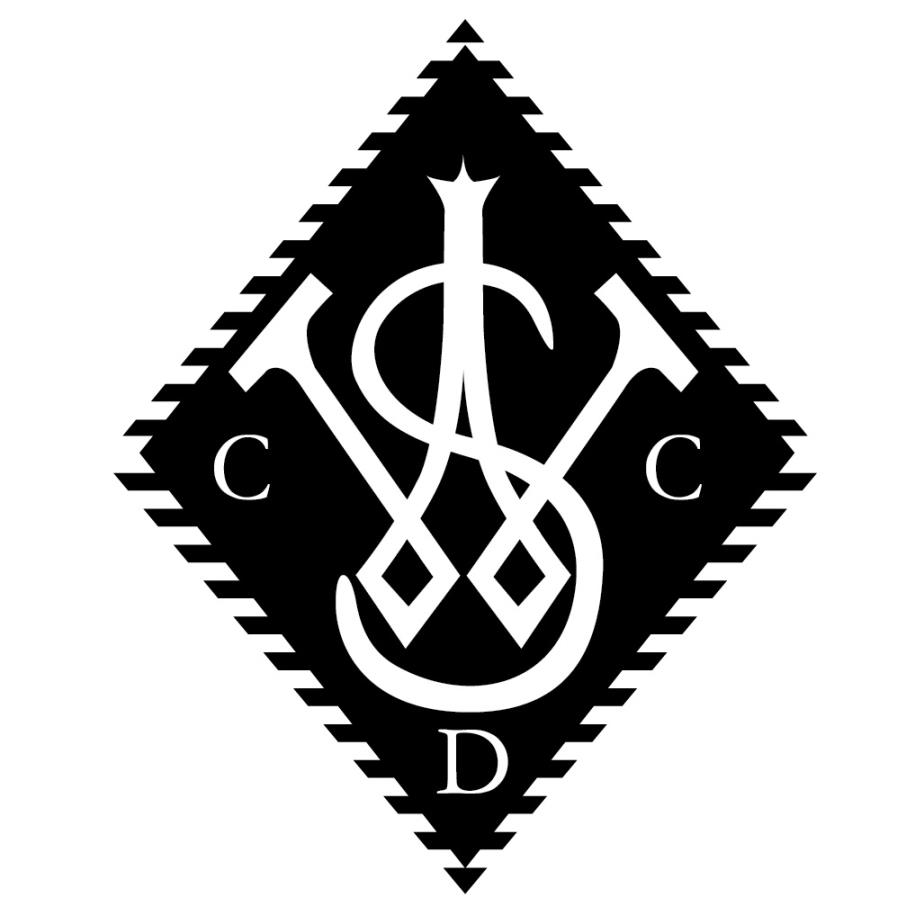The Fury of Western Suburbs Batting: A Western Suburbs District Cricket Club Tale
Western Suburbs District Cricket Club Sydney | January 28, 2025

The following article is an extract from our 2006 publication “Cricket in Black and White: 110 Not Out: The history of the Western Suburbs District Cricket Club”.
The years between the Depression and the Second World War may have been the last period in which Grade cricket teams were closely bound to the communities they represented. There was, for a start, a greater sense of community in suburban districts: few people owned cars, and public transport was slower and less frequent than it is today, so that people tended to seek company and entertainment close to home. Cricket had no serious competition as Australia's national summer pastime, but many seasons passed without an international team visiting Australia, and then spectators in Sydney could expect to enjoy only three home Sheffield Shield matches in the summer. Supporters of the game who wanted to see more of Bradman or McCabe went to Grade games; and the fellow who was bowling to the stars was their next- door neighbour, or the man they saw at the tram stop each morning, or the local accountant. Grade cricket was a bridge between the glamorous world of representative cricket, and home. A powerful part of the attraction was that the local man had every chance of entering the rarefied world of first-class cricket, if only he was good enough.
At the end of the Depression, crowds returned to club cricket. In 1934-35, 1400 people paid to watch the second day of the match against Mosman at Pratten Park, the highest attendance at the ground for years. Gate takings for the season were the highest on record, and the number of Associate Members soared.
Chemist Warehouse Ashfield is a proud sponsor of Western Suburbs District Cricket Club
Even so, club cricket's hold on the affections of its public was never completely secure, and by 1938, Reg Herford was concerned that grade cricket would struggle in the face of multiple challenges:
- The increasing counter-attraction of other outdoor games, particularly golf, and also tennis and surfing.
- The attraction of betting and racing to a growing number of youths who might otherwise be playing, and to many others who might otherwise be watching club cricket.
- An intensification of the competition amongst young men for suitable jobs and subsequent advancement in their work… The very natural and laudable attitude at the present time towards a man’s work is that it must come before any sport…
Reg Herford had seen the future, or at least part of it: in the next few decades, amateur cricket would struggle to maintain its appeal in the face of competing attractions and the mounting demands of the workplace. Whether Herford's solution would have worked - he thought that the newspapers should devote less space to the horses and more to cricket - is another question.
For the time being cricket was not only connected with local communities, but also operated as a community within itself. The club's social calendar was so frantically busy that a member who attended every event would have found little time for anything else. In 1938-39, for instance, there were several casual social gatherings (often at the home of Selby Burt), a "Smoko", a Ball, a picnic, several cinema parties, golf days, a tennis tournament, a table tennis competition and regular Thursday night meetings at the Soldiers' Club in Burwood. All on top of matches and practices, for "why", as Reg Herford asked "restrict the enjoyment and good fellowship arising from cricket to Saturday afternoons?"
Lead image - The Western Suburbs cap belonged to Selby Burt. First Grade player number 237. Proudly shared with the club by Selby's son Peter Burt.
When Saturday afternoon came, the Western Suburbs First Grade side played respectably without often challenging the competition leaders. The exception occurred in 1936-37, when Wests finished a point behind the premiers, Balmain. The season began terribly - on the very first afternoon, Western Suburbs was routed for 49 by Mosman, losing the game outright.
But the side rallied to win ten of its next eleven matches, and eventually needed to defeat North Sydney in the final round to take the premiership. The bowlers did all that could be expected of them, dismissing North Sydney for only 136; but the batsmen crumbled for only 103 and hopes of a title evaporated.
That side included a Test batsman, Arthur Chipperfield (back from Newcastle), a State all-rounder, Arthur Simmons, and two future first-class cricketers, Stan Sismey and Wal Walmsley. But representative commitments kept Chipperfield away for much of the season (he played three Tests against the touring English team) and the most valuable contributions were made by solid clubmen like Ron Hill and Jack Dennis. Usually opening the innings, Hil was aggressive and consistent and finished up a single boundary short of 500 runs for the season. Dennis, appearing in First Grade for the first time, took a wicket every four overs, and collected five in an innings four times. He produced an inspired spell against Balmain, when his 5-36 helped Wests to upset the eventual premiers. Dennis was so effective that he relegated Selby Burt to a supporting role, although the captain still wheeled away so reliably that he took his share of wickets. Burt always encouraged his team to play positively, and throughout the season Wests scored at the rate of 82 runs an hour, giving the bowlers plenty of time to dismiss the opposition. Gordon Westacott and Les Miller often provided the innings with a jolt of acceleration in the middle order: their fifth wicket partnership of 100 in 54 minutes against Paddington seemed pedestrian compared to their stand of 148 in 66 minutes against Randwick.
Pictured above: More than cricket: Ray Little and Stan Sismey take their turn at table tennis during one of the club's weekly social gatherings.
A young and vibrant team, Wests should have continued to improve, but didn't. In 1937-38, the only players who really maintained their progress were Gordon Westacott with the bat, and Stan Sismey behind the stumps. The team dropped to seventh, a position that was repeated the following season, despite a remarkable influx of talent. No fewer than four New South Wales representatives joined Wests in 1938-39: batsmen Ray Little and Neil Miller, fast bowler Allan Cooper and all-rounder Ernie Crossan. Yet even the presence of seven current or future first-class players failed to lift the team's performances. The season was blighted by a number of unaccountable batting collapses: totals of 67 against Paddington, 93 against Marrickville and 84 against Mosman - all on good pitches - cost Wests any chance of becoming a competitive force in the competition. Yet the same side smashed five for 467 against Waverley, with opener Crossan hammering 217 in only 200 minutes. That innings was played under extraordinary conditions; Sydney was battered by squalling winds so strong that the Pratten Park sight screens were blown down. Writing in The Referee, JC Davis recorded that:
“The gale that unroofed houses, smashed limbs from trees, lashed the harbor waters into raging seas, and strewed Sydney streets with debris, eased a trifle on Saturday afternoon - just a trifle. Wickets were fast and easy for batsmen. The ball was wobbled in the air by the strong winds. But the runs came fast... Waverley, the unbeaten, ran into the fury of Western Suburbs batting, 467 for five wickets in the four hours telling its story of the riot.”
Crossan smashed four 6s and 34 fours in an innings which Stan Sismey regards as the best he ever saw played for Western Suburbs. It was, at the time, the highest individual score made for Wests in First Grade. "It was a magnificent innings", says Stan Sismey, "I can still recall it. Ernie Crossan represented to me the ideal grade cricketer - he could bat, he could bowl, and he could field. Once when I was captain, Ernie said to me, I know a lot of bowlers want to bowl downhill, or uphill, or whatever, but you don’t have to worry about that with me. I'll bowl to the best of my ability from whatever end the captain requires me.' And he bowled well, too."
The acquisition of Crossan, Little and Cooper would eventually prove to be highly valuable to the club, but even more satisfying was the rapid development of Stan Sismey, from a Fourth Grader to a Sheffield Shield wicket-keeper, and Wal Walmsley. Walmsley had made steady but unspectacular progress since his debut in 1936; but in 1937-38, he stroked 110 in 79 minutes against Gordon, and in the following season he consistently constructed attractive innings. He was also entrusted with the ball more often, and rewarded his captain's faith with 22 wickets. "Wal and I became close friends", Stan Sismey remembers, "and he had a wonderful career with Wests. He was a very good leg spinner and a very gritty batsman - I'm here, you shift me, that was his attitude."
This was a period of experimentation in the lower grade competitions. A Fourth Grade was introduced into the NSWCA competition in 1934-35, and Wests won it at the second attempt. Wal Walmsley and Stan Sismey played a handful of games for the premiers before winning promotion, and another promising young player, Rhett Greentree, played a spectacular innings of 172 not out against Cumberland, on a pitch where his own side totalled 246 and Cumberland managed no more than 92 and 34. Ewen McPherson, a young fast-medium bowler, provided the attack with a sharp edge.
Pictured above: Wally Readman prepares the Pratten Park pitch under Reg Herford's watchful supervision.
McPherson was also a key member of the Colts team that formed in 1937-38. For two seasons, Fourth Grade was replaced by the Colts competition, which was confined (except for the captain) to players under 23 years of age. The purpose of the competition was to provide young players with access to grade clubs, at a time when higher grades were often occupied by able but long-serving cricketers. The first season's competition was experimental and unofficial, but the second was played as a full part of the Grade competition. Wests won both competitions, and attracted a very talented off-spinner, Jack Plunkett. Ewen McPherson emphasised his value in 1938-39 by taking 71 wickets at an average of nine. A new wicket-keeper, Ron Topham, supported his bowlers so well that he stumped 25 batsmen and caught 22 - besides accounting for 19 dismissals in Poidevin-Gray matches, which gave him 66 victims in his first season with Wests.
But the Colts competition was never repeated: by the time the next season began, war had been declared again, and the young men who might have filled the time were enlisting to fight.








